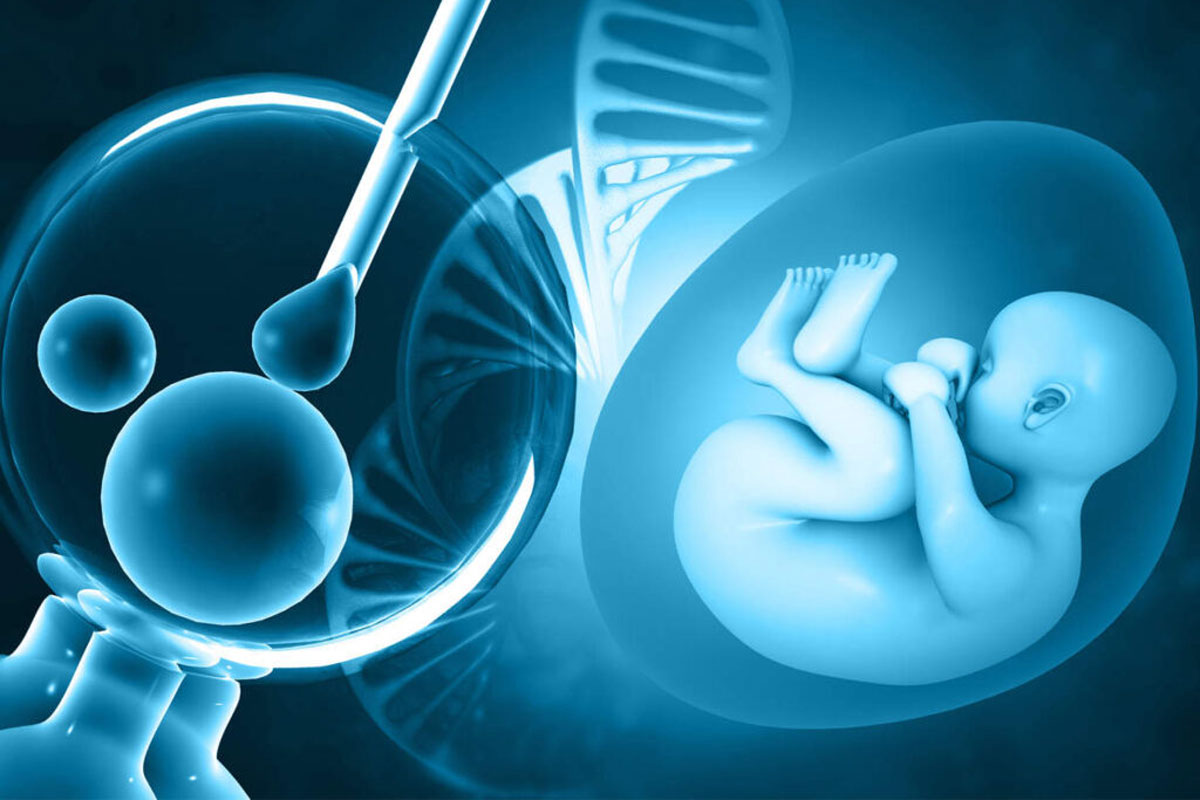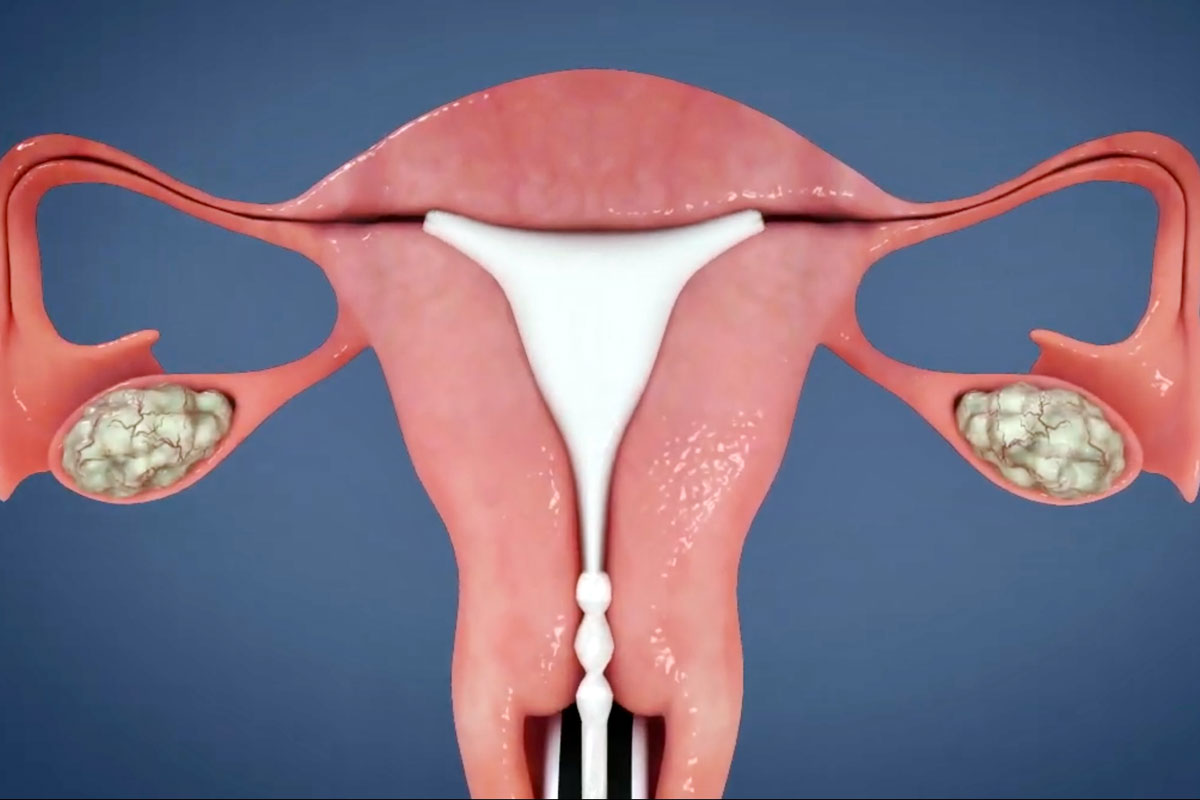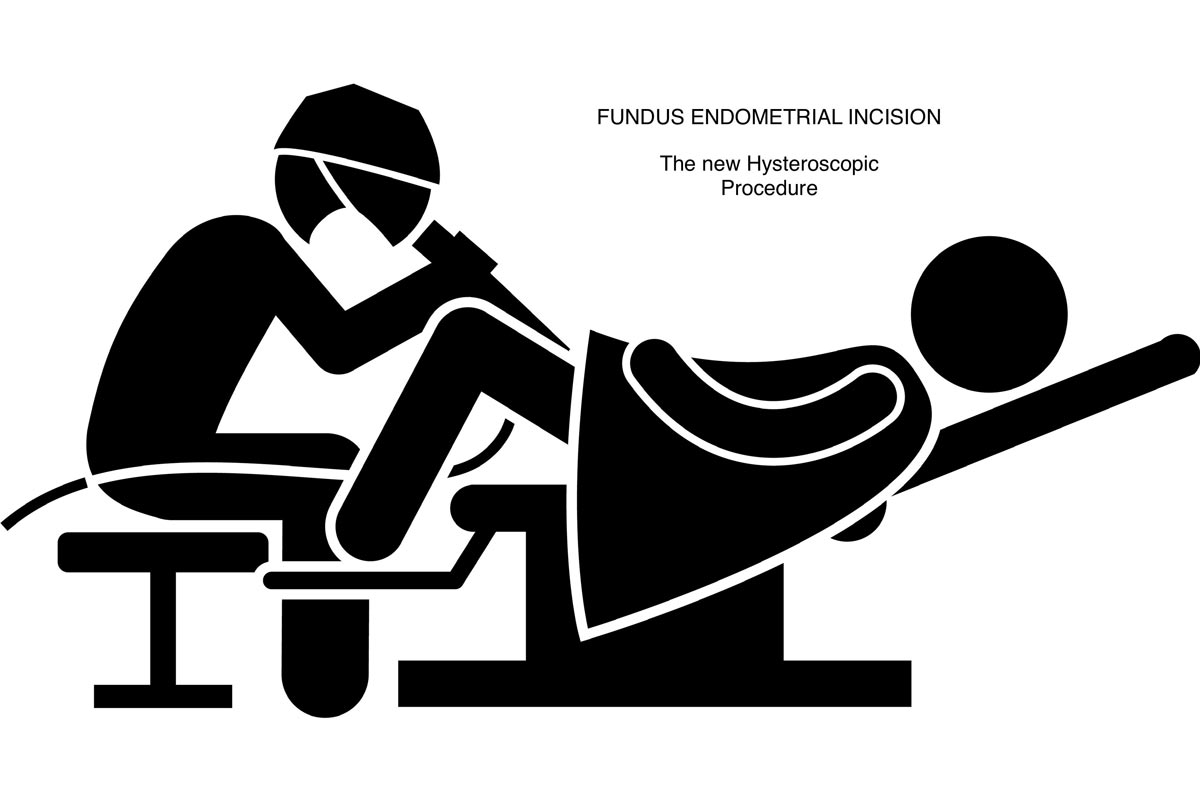By definition, preimplantation genetic diagnosis (PGD) is diagnosis of a genetic condition prior to achievement of a pregnancy. PGD was first performed in the early 1990's as a way for couples to prevent the pregnancy of a child with genetic disease. Currently, we are able to perform PGD for many genetic conditions including single gene disorders and for chromosomal abnormalities.
What are chromosomes?
Chromosomes are the structures in our cells that carry our genetic information or genes. Our genes determine our physical makeup, growth and development. Normally, we have 46 chromosomes in each cell. Our children inherit 23 chromosomes from each parent, in the egg and sperm. A woman's risk for having an abnormal number of chromosomes in her eggs increases with her age. Preimplantation genetic testing will detect the most common chromosomal abnormalities found during pregnancy. This includes Down syndrome, trisomy 13 and trisomy 18.
How can PGP help my family and me?
Preimplantation genetic testing is currently the only way to determine if the egg or embryo contains an abnormal number of chromosomes prior to pregnancy. This may not only contribute to the prevention of the birth of children with common chromosomal abnormalities, but also to the efficiency of IVF. PGD for chromosome problems can increase the chance of an embryo implanting, decrease the chance of miscarriage and decrease the likelihood of having a pregnancy with a chromosome problem (like Down syndrome). In essence, PGD can give your physician another way to determine which are the best embryos for transfer.
How is the testing performed?
There are two basic types of preimplantation diagnosis-polar body analysis and embryo analysis. Both types have their advantages and their limitations. Polar body testing focuses on the materml contribution, and is an earlier method of testing which in some instances may have a higher accuracy. Embryo testing accounts for both maternal and paternal genetic contributions but occurs later and may not be as accurate.
What are polar bodies?
Polar bodies are the by-products of the egg's division. As an egg matures, it goes through a two-step division process, dividing once at the time when ovulation would occur and again at the time of fertilization. The two polar bodies are the products of this division which are essentially being discarded by the egg (oocyte). By analyzing the polar bodies, it is possible to infer the genetic status of the oocyte. Generally for aneuploidy, both polar bodies are removed following fertilization.
What is an embryo biopsy?
When an embryo becomes a 6-10 celled mass (approximately 3 days after egg retrieval), it becomes possible to directly test the embryo through removal of a single cell. Removal of this cell is usually not detrimental to the embryo, as all the cells are equivalent and no cell differentiation has occurred. The cell that is removed may then be analyzed to determine directly the genetic status of the embryo.
What is F.I.S.H. analysis?
F.I.S.H. (fluorescent in-situ hybridization) is a fairly recent technology that allows the laboratory to determine if the correct number of certain chromosomes is present in the egg or embryo. Available technology allows us to test for up to 9 chromosomes via PGD. Currently, RGI offers testing for chromosomes 13, 15, 16, 17, 18, 21, 22, X and Y. These are chromosomes more commonly associated with miscarriage, failed implantation, or chromosomal abnormalities during pregnancy. Fluorescent signals bind to these chromosomes, enabling the number of these chromosomes in the egg or embryo to be determined.
Results are available at the time of embryo transfer. In cases where only the polar bodies are being studied, results are available for a day 3 transfer. However, the majority of cases involve testing both polar bodies and the embryo and results are available the morning of day 5.
What is the accuracy of the testing?
F.I.S.H. technology is widely available in modern medicine and has a published accuracy rate of 95%. The highest accuracy is obtained by testing both polar bodies and a single cell from the embryo (blastomere), as one would expect the majority of problems with the chromosomes studied to be determined through this sequential testing. Testing using only a cell from the embryo has a slightly lower rate of accuracy due to the possibility of mosaicism (more than one cell line) in the embryo. Embryo biopsy and chromosome testing via F.I.S.H. is therefore approximately 90% accurate by itself.
Does PGD replace prenatal testing?
No, PGD does not replace prenatal testing, such as chorionic villus sampling or amniocentesis. PGD is a research-based test allowing for a similar diagnosis to those available by prenatal testing. However, prenatal testing is still recommended, as this is currently the standard-of-care. Our genetic counselors can discuss what prenatal testing options are available to you.












